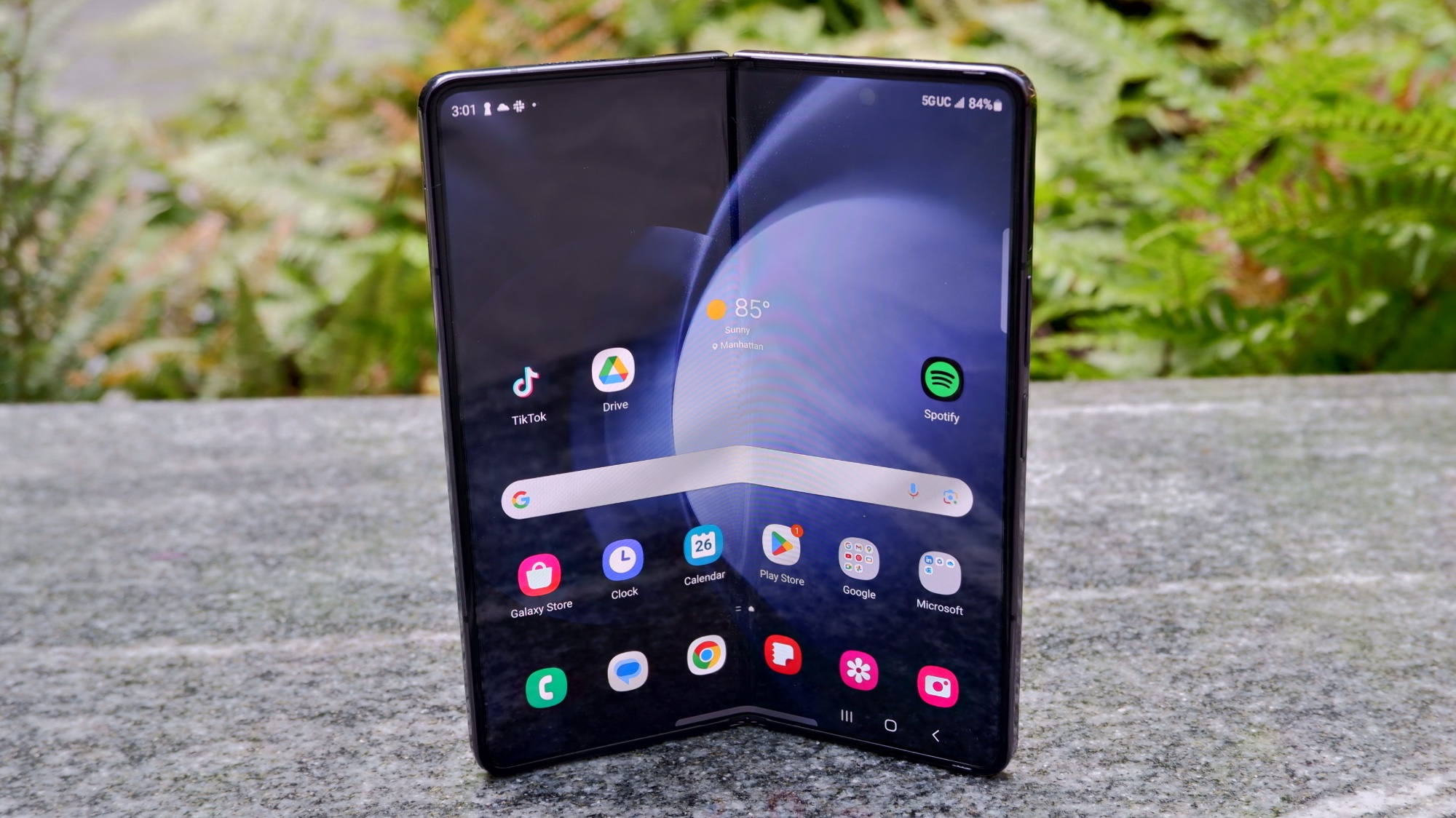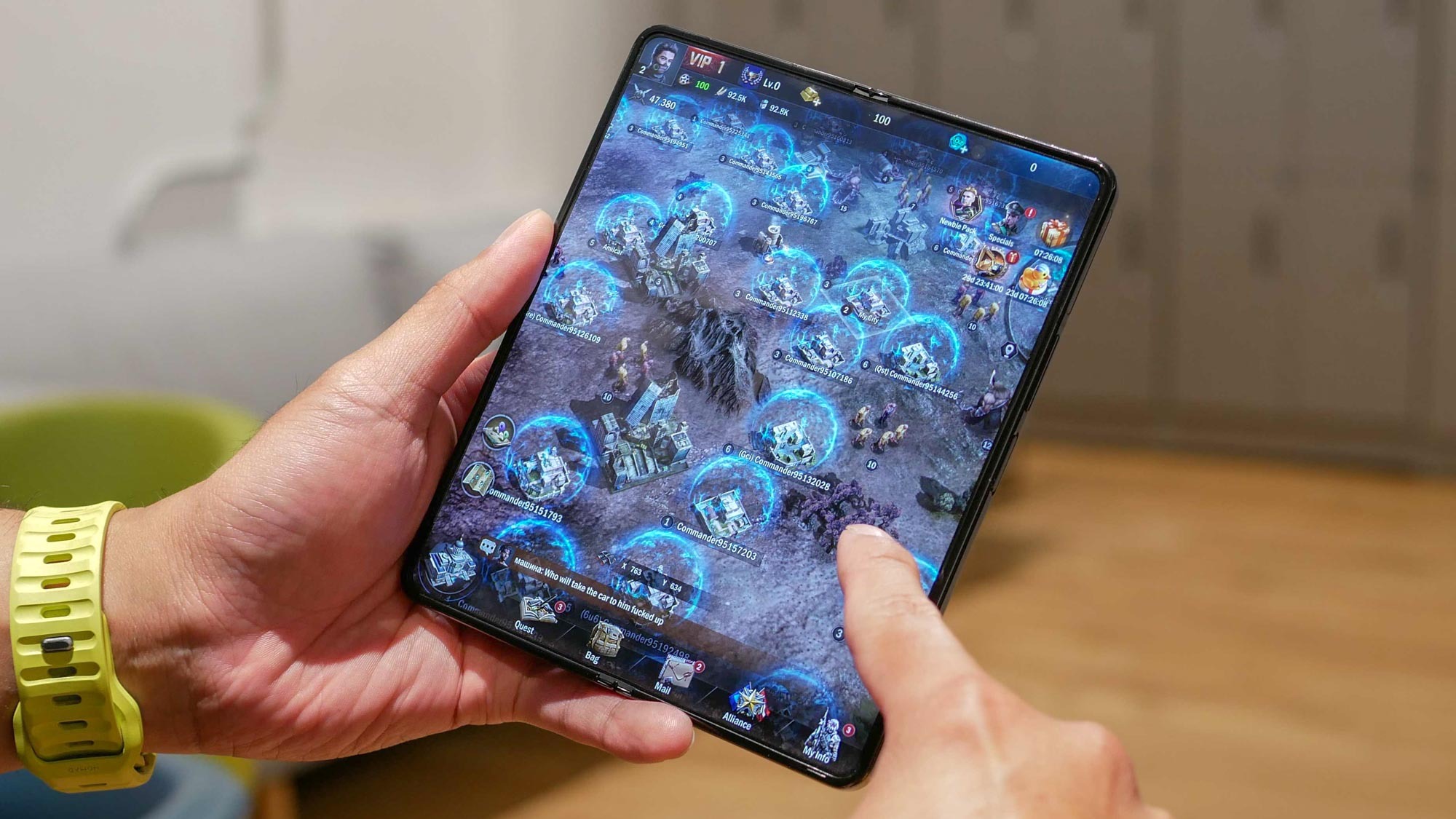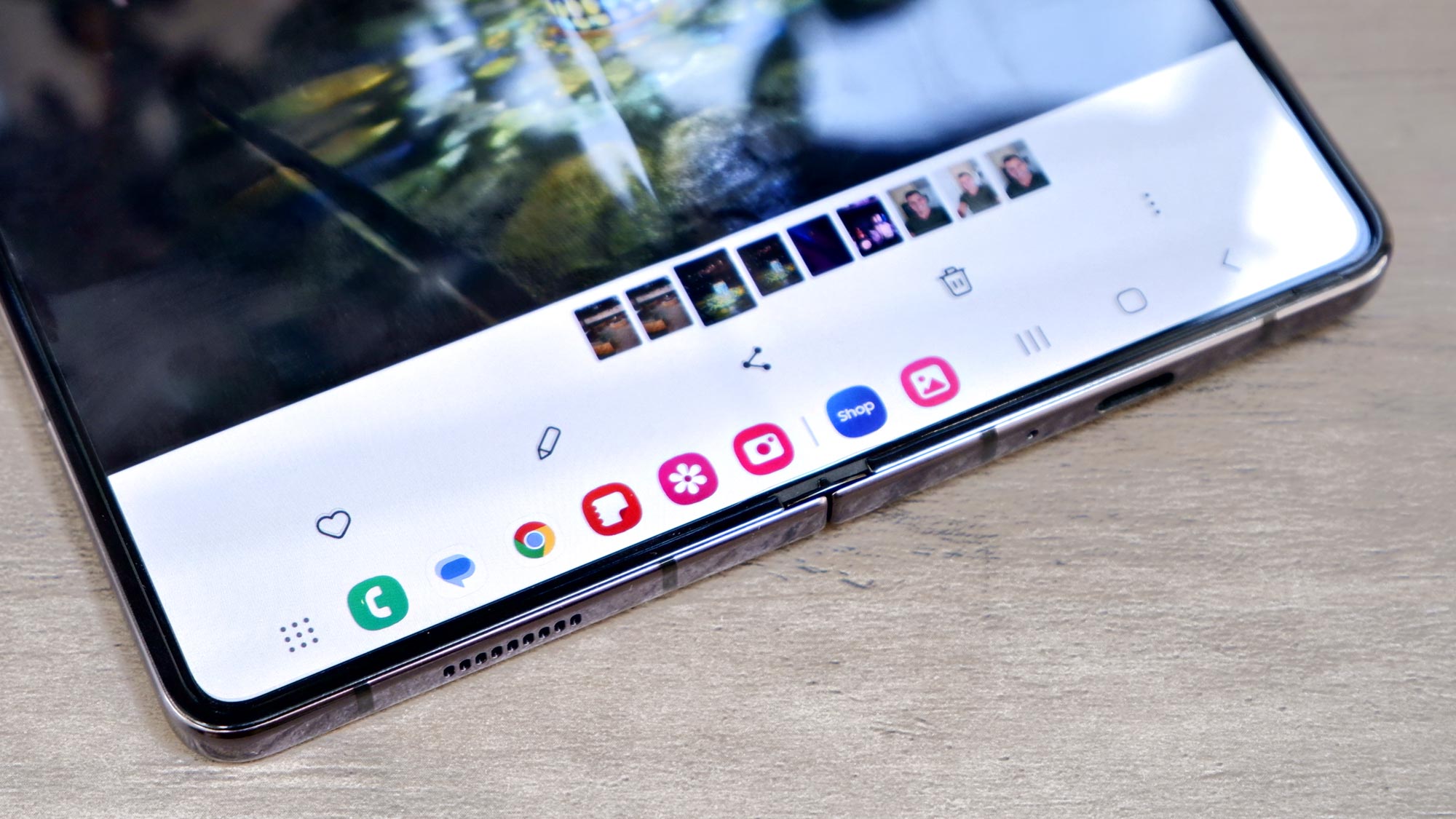Galaxy Z Fold 6 tipped for this major redesign — 3 reasons why it's good news

Ask any Galaxy Z Fold owner and they can probably tell you what makes Samsung’s notebook style foldable phone different from others on the market. Its odd aspect ratio when closed makes it feel a lot narrower in the hand, so much more than your standard slate phone too. However, the forthcoming Galaxy Z Fold 6 could be seeing a major design shakeup.
Rumors about a substantial redesign have been rampant even before the Z Fold 5’s release last summer, but a new one from tipster Ice Universe hints that’s still the case for the Galaxy Z Fold 6. Specifically, the reliable tipster claims that the foldable will be embracing a more square aspect ratio with its inner display, which inherently would change the overall form factor of the foldable.
Samsung has dominated the space for years, constantly releasing the best foldable phones that put to shame its closest competitors. Yet in the last year, we’ve seen a sudden shift that exposed Samsung’s complacency, resulting in other makers stepping up — and outdoing Samsung at its own game.
Switching to a relatively squarer aspect ratio is good news for the Galaxy Z Fold 6. Here’s why.
A more natural, ergonomic feel

From typing on the screen or reaching to any of the four corners, it was absolutely tough to handle the 23.1:9 display aspect ratio of the Z Fold 5’s cover screen. If the Z Fold 6 does end up with a wider cover screen as a result of the square aspect ratio of its inner display, holding the foldable would feel more natural.
We only need to look at other foldables that look square when unfolded, like the OnePlus Open and Google Pixel Fold — which have display aspect ratios of 1.0758:1 and 6:5 respectively. Even with their outer screens, typing on the keyboard is better because the layout isn't as cramped, especially when you're furiously tapping away on the screen with both thumbs.
Sleeker chassis

Another reason why switching to a squarish aspect ratio is that the Z Fold 6 could get thinner. For years we’ve accepted the Z Fold line as the de facto standard for notebook style foldable phone designs, but the OnePlus Open redefined it by flaunting a razor thin design of 0.46-inches folded — and an even more astonishing thinness of 0.22-inches when unfolded.
Get instant access to breaking news, the hottest reviews, great deals and helpful tips.
Samsung’s Galaxy Z Fold 6 could certainly trim out even more of the fat by ditching its predecessor’s current design. By stretching out its design to accommodate a squarer looking aspect ratio, it could result in a skinner Galaxy Z Fold 6 with better weight distribution. That’s the one glaring thing we pointed out in our OnePlus Open review, mainly because the enormous sized camera hump on the back of the phone causes it to feel top heavy.
That, of course, shouldn’t pose much of a problem for the Galaxy Z Fold 6 because it’s reportedly going to have a similar camera arrangement as its predecessor — which doesn’t have as pronounced of a hump on the back.
More optimized layouts with multitasking

And finally, the Galaxy Z Fold 6 could be better equipped at handling multiple apps simultaneously with its multitasking implementation. Split screen has worked effectively for Samsung’s past foldables, but a squarish aspect ratio with the inner screen could better enhance it.
We’ve raved about how OnePlus nearly has perfected multitasking with its Open Canvas feature, which dynamically extends the apps you’re running beyond what the OnePlus Open can show with its inner screen. It’s a nifty way of presenting multitasking on a foldable phone, but Samsung could very well enhance it by seamlessly switching between the apps.
Open Canvas supports no more than three apps simultaneously, so it would be intriguing to see how Samsung evolves it with the Galaxy Z Fold 6. It’s very possible for it to run four apps all at the same time, which would require not only more processing power to handle — but also more RAM to keep those apps stored in memory.
Still more ways to refine the Galaxy Z Fold 6

While these are three big reasons why switching to a square aspect ratio would be good news for the Galaxy Z Fold 6, Samsung still needs to do much more to redeem itself in this area. Most notably, the crease in the middle of the main display was an eyesore for the Galaxy Z Fold 5, so it’s an opportunity to minimize or eliminate it completely.
Furthermore, we suspect that a lot of the Galaxy Z Fold 6’s halo features would somehow tie into some of the Galaxy AI features that were already introduced with the Galaxy S24 series, but perhaps we could see exclusive ones for its foldable phones. On top of that, its utility could also be amplified by having a dockable S Pen, which Samsung has clearly been working on based on previous patents.
In any event, Samsung can’t afford to have another repeat of last year by choosing to take baby steps with the Z Fold 5.
More from Tom's Guide
- I put the OnePlus 12 vs Samsung Galaxy S24 Ultra through a 7-round face-off — here’s the winner
- This hidden Pixel feature turns your headphones into hearing aids — how to turn it on
- I’ve been using the Nothing Phone (2) for three months — 3 things I love and 1 thing I hate

John’s a senior editor covering phones for Tom’s Guide. He’s no stranger in this area having covered mobile phones and gadgets since 2008 when he started his career. On top of his editor duties, he’s a seasoned videographer being in front and behind the camera producing YouTube videos. Previously, he held editor roles with PhoneArena, Android Authority, Digital Trends, and SPY. Outside of tech, he enjoys producing mini documentaries and fun social clips for small businesses, enjoying the beach life at the Jersey Shore, and recently becoming a first time homeowner.
